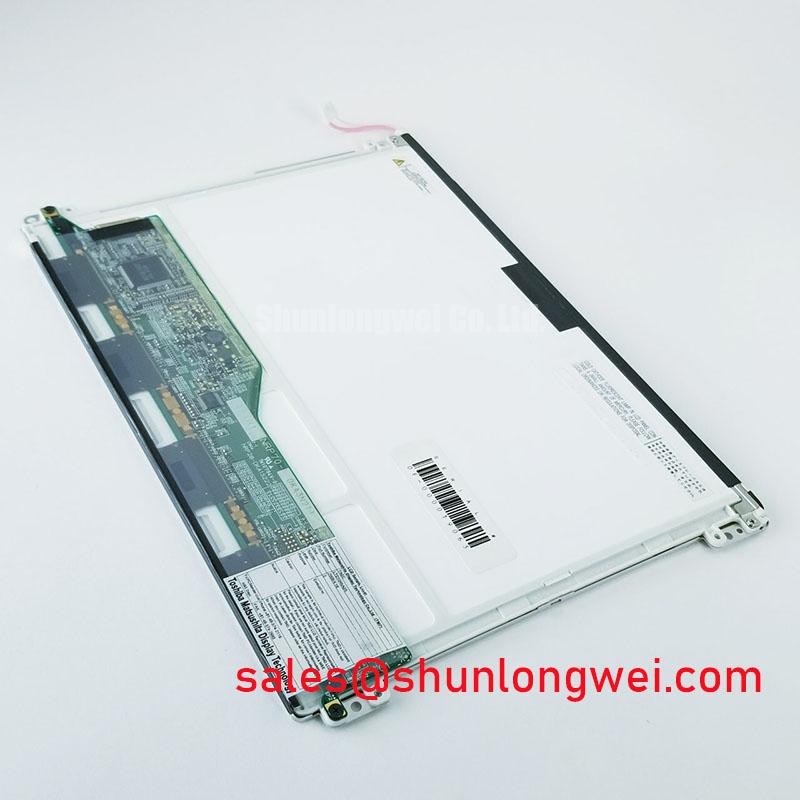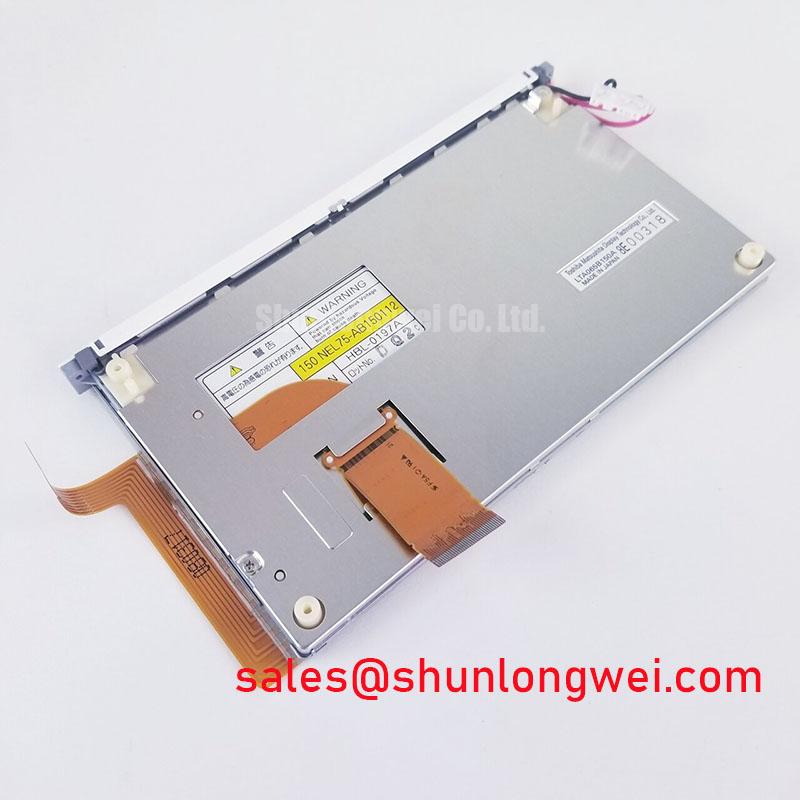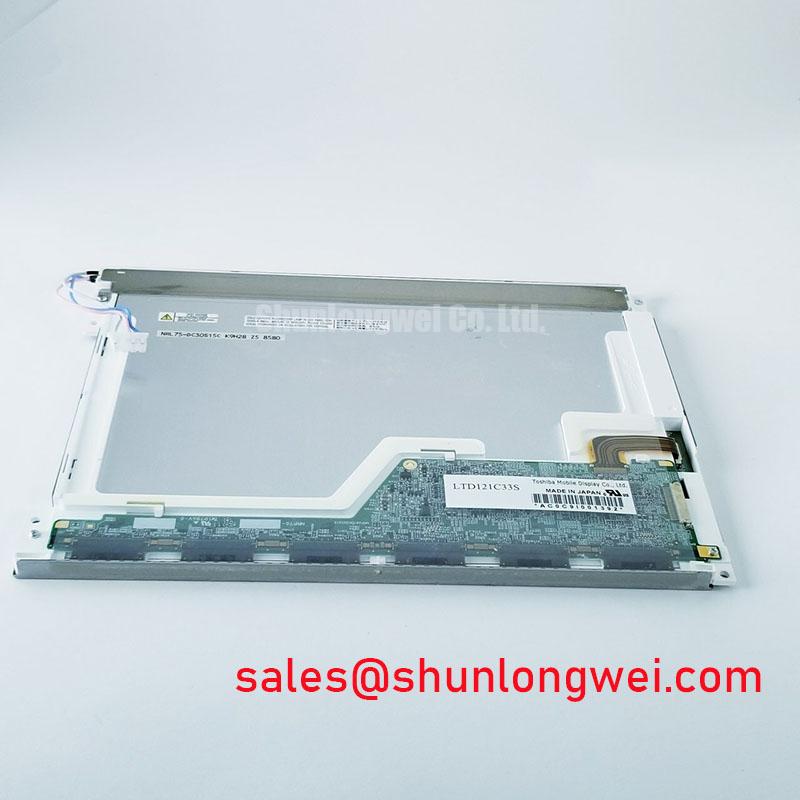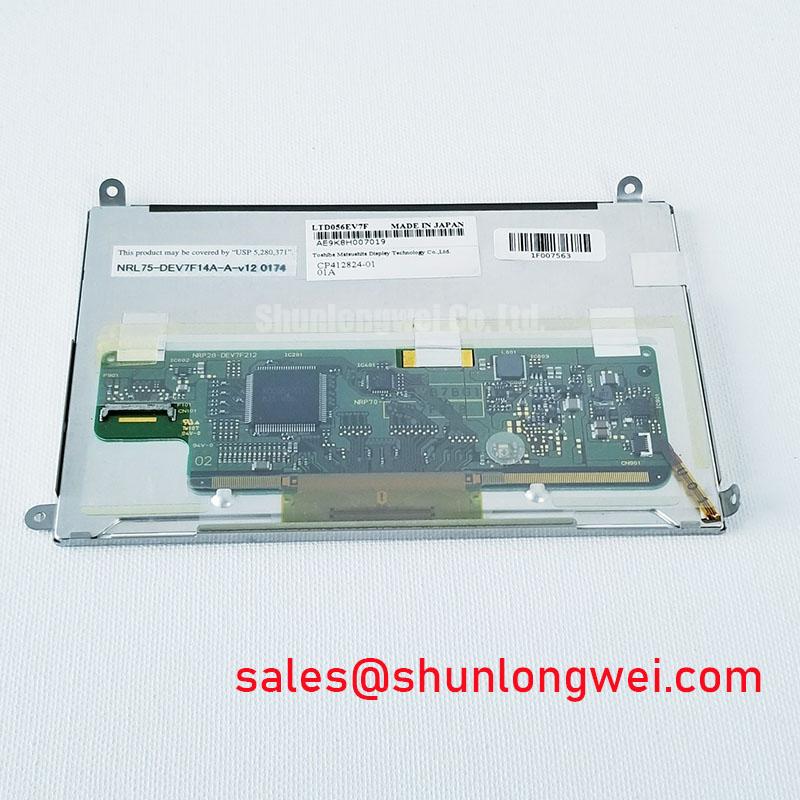Toshiba Matsushita LTD104KA3S: Technical Review of a 10.4-inch XGA LCD Cell
Content last revised on October 12, 2025.
Introduction: Core Specifications and A-Si Technology
The Toshiba Matsushita LTD104KA3S is a 10.4-inch amorphous silicon (a-Si) TFT-LCD cell engineered for targeted industrial and commercial display integrations. Delivering a crisp 1024x768 XGA resolution and leveraging a standard LVDS interface, this panel provides a proven foundation for systems requiring clear, reliable visual output. Its core specifications are 10.4” Diagonal | 1024x768 Resolution | 250:1 Contrast Ratio. Key engineering benefits include straightforward system integration and consistent optical performance. For legacy systems needing a direct 10.4-inch XGA drop-in component without advanced optical requirements, the LTD104KA3S offers a well-defined and stable solution.
Key Parameter Overview
Decoding the Specs for System Integration
The specifications of the LTD104KA3S are tailored for applications where established performance metrics are paramount. The combination of its XGA resolution, standard 4:3 aspect ratio, and LVDS interface simplifies the design-in process for a wide range of industrial human-machine interfaces (HMIs), test equipment, and point-of-sale terminals. The 250:1 contrast ratio provides discernible separation between light and dark states, suitable for typical indoor operating environments.
| Parameter | Specification |
|---|---|
| Screen Diagonal | 10.4 inches |
| Resolution | 1024(RGB)×768, XGA |
| Pixel Density | 123 PPI |
| Technology | a-Si TFT-LCD, CELL |
| Active Area (H x V) | 210.4 × 157.8 mm |
| Typical Contrast Ratio | 250:1 |
| Interface Type | LVDS (1 ch, 6-bit) |
| Typical Power Supply (VCC) | 3.3V |
Application Scenarios & Value
System-Level Benefits in Legacy and Specialized Equipment
The LTD104KA3S is best suited for integration into systems where maintaining form-factor consistency and leveraging a well-understood interface are critical design constraints. A prime engineering scenario is the refurbishment or continued production of industrial control panels, medical monitoring devices, or specialized test instruments originally designed around a 10.4-inch XGA display. The challenge for engineers in these situations is to source a component that minimizes the need for mechanical redesign or complex driver board modifications. The LTD104KA3S's standard LVDS interface and physical dimensions directly address this challenge, reducing requalification costs and development time. What is the primary benefit of its design? It provides a direct, low-risk path to extending the service life of established, high-value equipment. For projects requiring a higher pixel density in a similar form factor, the NL10276BC24-21F presents an alternative with WXGA resolution.
Technical Deep Dive
Implications of the a-Si TFT CELL Configuration
The designation "CELL" signifies that the LTD104KA3S is supplied without an integrated backlight unit or driver circuitry. This configuration offers distinct advantages for specific engineering workflows. For OEMs with existing, qualified backlight systems or those designing for unique ambient light environments, using a display cell allows for maximum design flexibility. Engineers can pair the LTD104KA3S with a custom high-brightness backlight for outdoor visibility or a specialized, long-lifetime LED solution for 24/7 industrial automation. This approach can be compared to selecting an engine block for a custom vehicle; it provides the core performance element—the image-generating TFT-LCD glass—while giving the system architect complete control over the illumination and driving electronics, enabling fine-tuning of power consumption, thermal management, and overall system longevity.
Frequently Asked Questions (FAQ)
What are the primary integration considerations for an LCD "CELL" like the LTD104KA3S?
As a CELL, the LTD104KA3S requires an external backlight unit, an inverter or LED driver, and a timing controller (T-CON) board compatible with its 6-bit LVDS interface. Engineers must account for the mechanical mounting of these separate components and ensure proper thermal management for the backlight solution.
How does the 250:1 contrast ratio impact application suitability?
A 250:1 contrast ratio is sufficient for displaying graphical user interfaces, text, and numerical data in controlled, indoor environments like a factory floor or a laboratory. It ensures clear readability for standard HMI and instrumentation tasks but may not be ideal for applications requiring nuanced color grading or visibility in high ambient light.
What does the "6-bit" LVDS interface signify for color depth?
A 6-bit LVDS interface supports a palette of 262,144 colors (64 levels for each of the red, green, and blue sub-pixels). This is a standard color depth for many industrial displays, perfectly adequate for typical status indicators, schematics, and control interfaces where photorealistic image reproduction is not the primary requirement.
Is the 4:3 aspect ratio a benefit for specific applications?
Yes, the 4:3 aspect ratio is highly beneficial for legacy system upgrades. Many older industrial software interfaces were designed for this squarer format. Using the LTD104KA3S avoids the stretching or black-bar artifacts that occur when displaying 4:3 content on a widescreen (e.g., 16:9) panel, ensuring the HMI appears as originally intended.
Strategic Considerations for System Longevity
Integrating the LTD104KA3S is a strategic decision for managing the lifecycle of long-deployed industrial and medical systems. Its established technology and standard interface provide a stable, predictable component choice, mitigating risks associated with the rapid obsolescence cycles of consumer-grade displays. For procurement managers and system architects, specifying a panel like the LTD104KA3S ensures a consistent supply chain and technical foundation for equipment designed to operate reliably for a decade or more.












